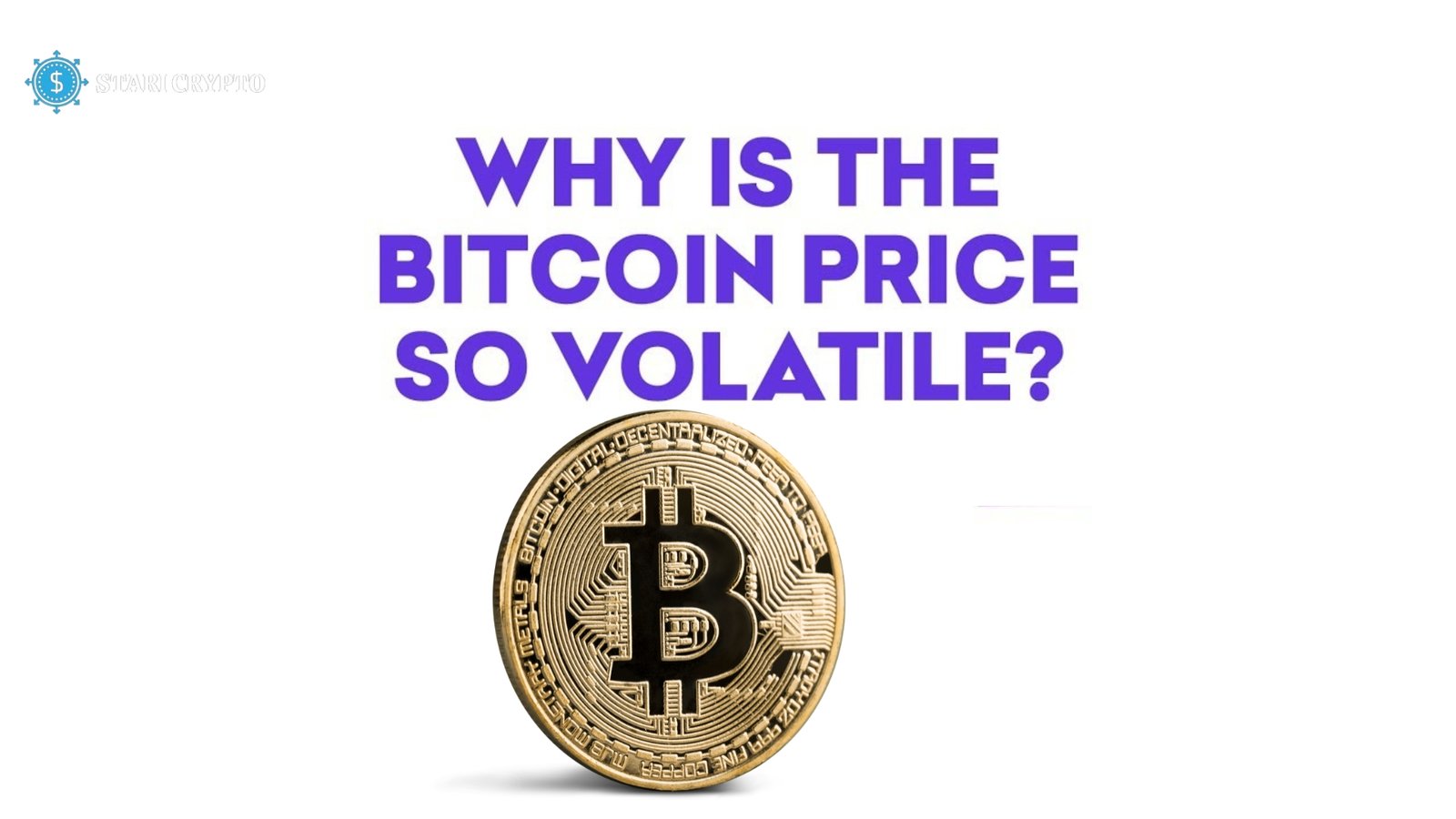How Is the Bitcoin Price Determined? Supply and demand are the market factors that determine the price of Bitcoin. When there are more buyers than sellers, prices tend to fall and vice versa. Cryptocurrency Bitcoin (BTC) differs from fiat currencies like the U.S. dollar, the Euro, the British pound, and the Japanese yen because no central authority creates it. Bitcoin (BTC) cannot be made, stored, or transferred without a decentralized network of users and cryptographic protocols.
Without going via an intermediary, investors conduct their business dealings directly. Trade barriers are eliminated, and the peer-to-peer Bitcoin network streamlines commerce. Launched in January 2009, the first cryptocurrency was proposed by Satoshi Nakamoto in 2008. The convenience and perceived worth of Bitcoin are enhanced by the increasing number of businesses that accept it. Media attention, investor mood, and regulatory news are a few reasons contributing to the stock’s wildly unpredictable price action.
The market forces of supply and demand, which impact the prices of other goods and services, also affect the cost of Bitcoin. Generally speaking, when there are more purchasers than vendors, prices will increase and vice versa. Additionally, unlike stock exchanges, neither a central authority nor any one location determines the price of Bitcoin. Instead, the price is set by the individual market or exchange in response to factors like supply and demand and external ones like changes in regulations, security measures, and technology.
In What Ways may the Price of Bitcoin be Affected?
The supply and demand for Bitcoin, rivalry from other cryptocurrencies, news, production costs, regulations, and the cost of production are some of the elements that affect Bitcoin’s price.
Supply and demand
According to the law of supply and demand, well-known to economists, an item’s market price and quantity are determined by the interplay between supply and demand. An economic good’s demand falls as its price rises and producers crank out more of it, and the inverse is also true. The basic economic principle of demand and supply heavily influences the value of Bitcoin. Bitcoin is a digital currency limited in supply due to a hard cap of 21,000,000 coins. Once that limit is reached, miners will no longer receive Bitcoin to validate transactions.
Similarly, every four years (roughly), an event known as the Bitcoin halving reduces the rate at which new Bitcoins (BTC) enter the market supply by half the reward for mining new blocks. Bitcoin price increases are possible if demand stays the same or grows in response to slower supply growth.
Competition and news
Many rival cryptocurrencies, like Dogecoin (DOGE) and Ether (ETH), vie with Bitcoin for investors’ attention. In addition, how the media portrays Bitcoin’s future possibilities can substantially affect investor sentiment, which in turn causes price volatility.
Cost of production
The intricacy of the cryptographic problems that Bitcoin miners must answer adds an indirect cost to the overall cost of manufacturing the cryptocurrency, in addition to the obvious expenses like infrastructure and electricity. These expenses help set a floor, or “break-even” value, below which miners may question whether producing Bitcoin is still profitable. The “floor price” is the lowest price at which Bitcoin mining becomes viable after accounting for operating costs; it is the break-even point for Bitcoin mining in this context.
Also, the total mining power influences how fast new Bitcoin are created, thus the Bitcoin network changes the difficulty of its cryptographic puzzles accordingly. These changes have the potential to slow down or speed up the generation pace of Bitcoin, which in turn affects the total supply and, consequently, the market price of the cryptocurrency.
Regulation
Some nations are more accommodating to cryptocurrency than others; for example, El Salvador recognized Bitcoin as legal tender in 2021. China, on the other hand, officially outlawed cryptocurrency transactions in 2019. Uncertainty about the future of Bitcoin’s market dynamics and price could be caused by regulatory developments. The cost of Bitcoin can fall if governments impose restrictions on the cryptocurrency. On the flip side, a spike in Bitcoin’s price could be on the horizon if regulatory steps were to expand market accessibility, such as approving spot Bitcoin exchange-traded funds (ETFs) in the U.S. and better security measures.
Why is the Bitcoin Price so Volatile?

Bitcoin is a highly volatile asset due to the lack of clarity surrounding its fundamental worth and the future price of BTC. Half of all Bitcoins are removed from circulation every four years, reducing the asset’s inflation rate. As of this writing, Bitcoin is no longer an obscure asset; it has emerged as a significant participant in the global financial system, ranking tenth in market capitalization (according to CompaniesMarketcap). Plus, it’s not just Bitcoin where media attention can have an outsized impact on asset prices.
Modern technology and social media platforms make information immediate and pervasive, allowing news stories—positive or negative—to affect investor sentiment and asset values worldwide quickly. The effect is magnified in highly speculative markets like cryptocurrencies, where investor attitude is crucial. Institutional investors and demand increased after the U.S. government legalized spot Bitcoin ETFs on January 11. This approval greatly affected Bitcoin’s price. In response, traditional financial institutions and investors have bought Bitcoin, sending its price up 33% since January 11.
The Lightning Network and other layer-2 innovations are improving Bitcoin’s scalability and usability, which could boost its value. Unlike Ethereum’s ERC-20 token standard, Bitcoin cannot handle complex smart contracts or token standards. Ethereum’s network simplifies token and brilliant contract creation. Creative solutions are emerging to make Bitcoin more helpful in this regard. The RSK (Rootstock) platform is closing this gap by adding intelligent contracts to Bitcoin. BRC-20 tokens are another novel way to tokenize Bitcoin. ERC-20 on Ethereum and other networks compatible with the Ethereum Virtual Machine allows the creation, minting, and transfer of fungible tokens. BRC-20 is an experimental standard with the same goal.
Is it Possible for Bitcoin to Reach a Potential High?
Market adoption, regulatory developments, technological advancements within the blockchain ecosystem, and broader economic conditions are determinants that can affect the price trajectory of Bitcoin, which is subject to a lot of speculation and prediction regarding its potential future price. Increased acceptance of Bitcoin as a medium of exchange and investment is critical to market adoption, boosting demand. By regulating Bitcoin, governments and financial institutions worldwide can encourage or discourage its growth, depending on their priorities: providing users with security and clarity or imposing restrictions.
Technology can improve Bitcoin’s scalability, security, and use cases, increasing its value. Investor sentiment toward traditional and digital assets, inflation, and currency devaluations may affect Bitcoin’s investment appeal. Bitcoin is known as “digital gold,” making it a safe-haven asset and store of value. Bitcoin offers various advantages over gold due to its digital form and restricted supply, including its potential as a hedge against economic volatility.
With all these factors at play, it’s hard to say how high Bitcoin could go. Historical trends have shown significant volatility, with periods of solid price gains followed by periods of corrections. You can predict how Bitcoin will be accepted and grow in the future by looking at the technology adoption S-curve model. Following the trajectory of other game-changing technologies, this model predicts that Bitcoin will gradually acquire wider acceptance as it develops and overcomes initial adoption hurdles.
Theoretically, the maximum price Bitcoin could theoretically trade is highly uncertain and subject to change in light of the discussion above. As with any investment, there is always the chance of losing money if you bet on the future value of Bitcoin.


















